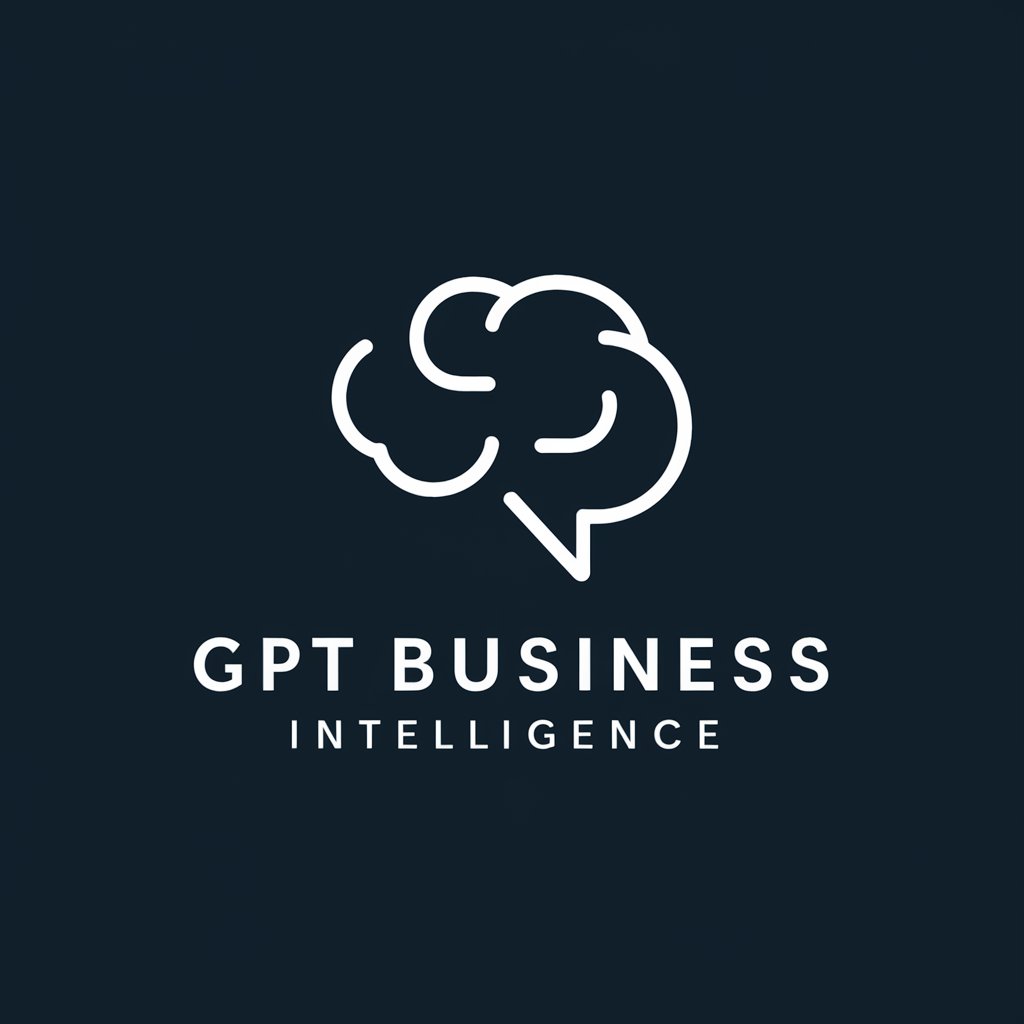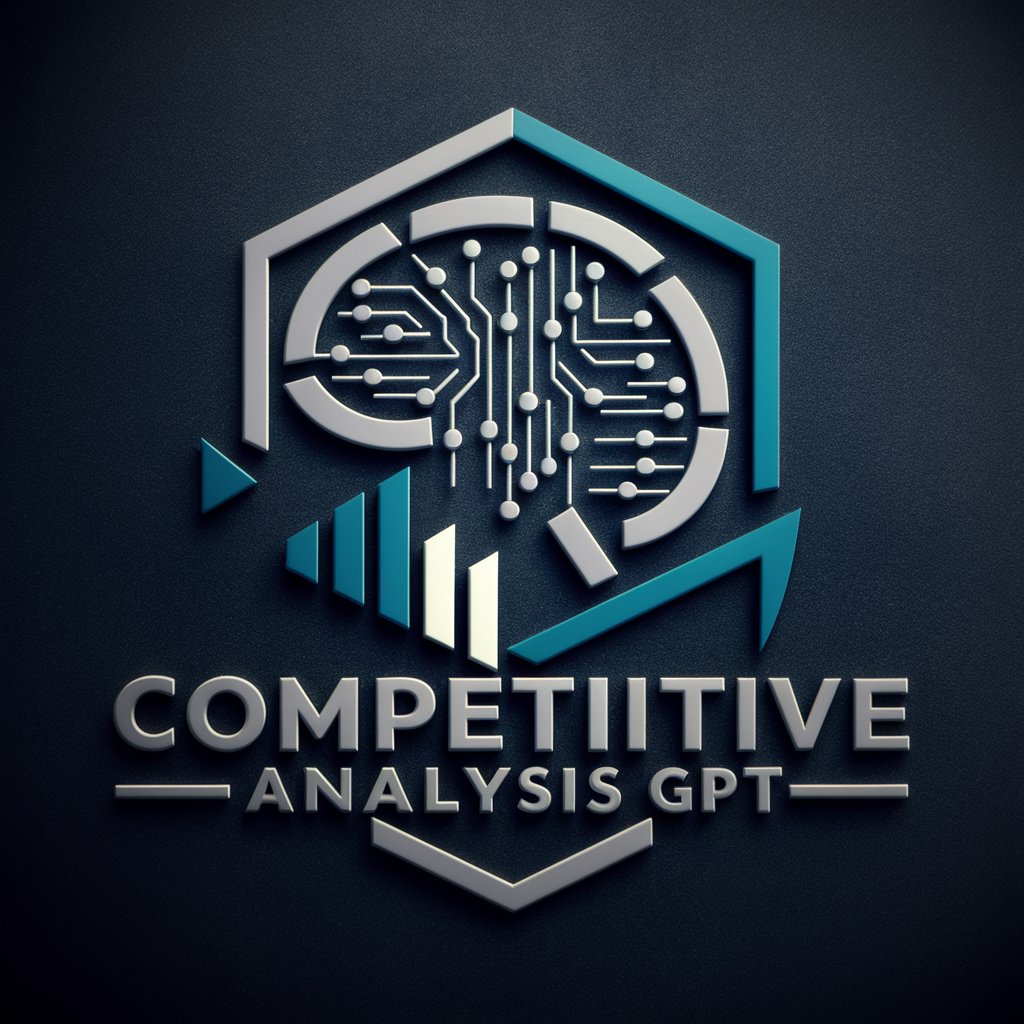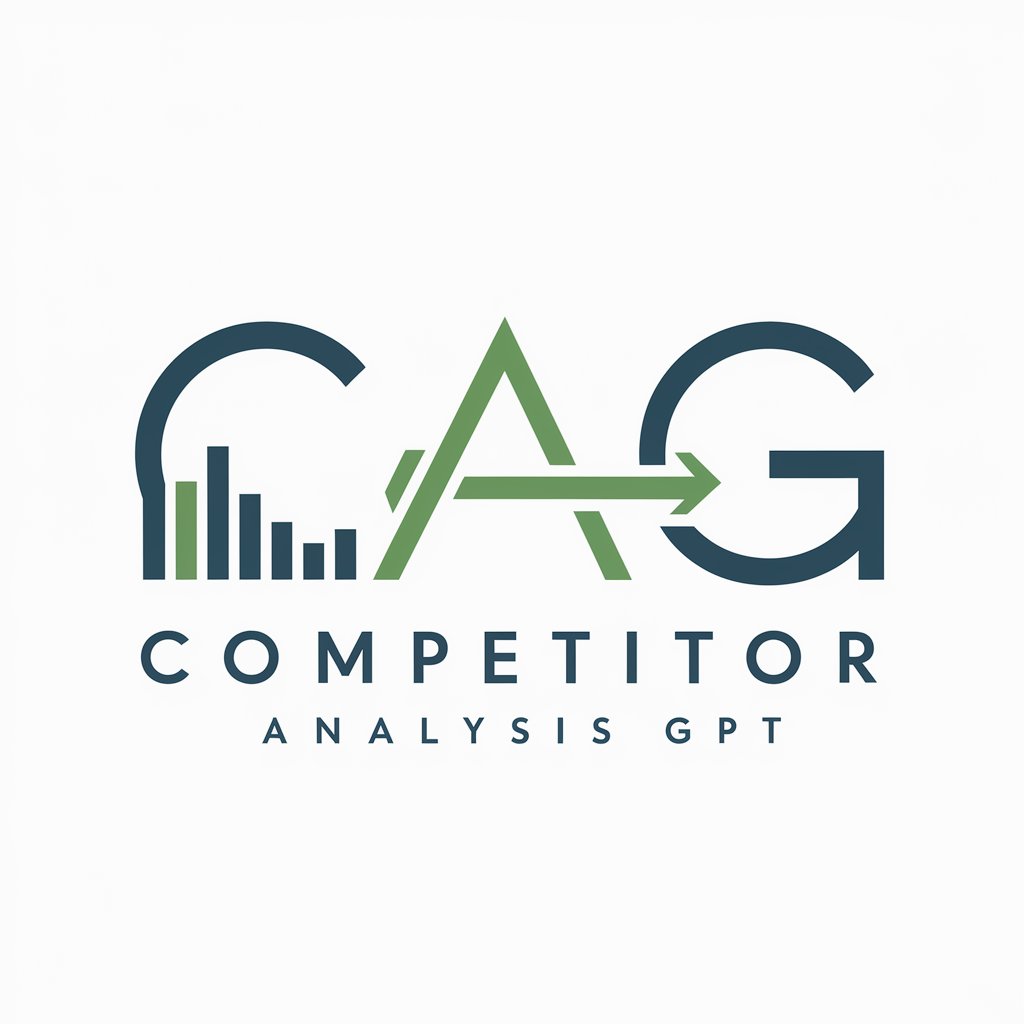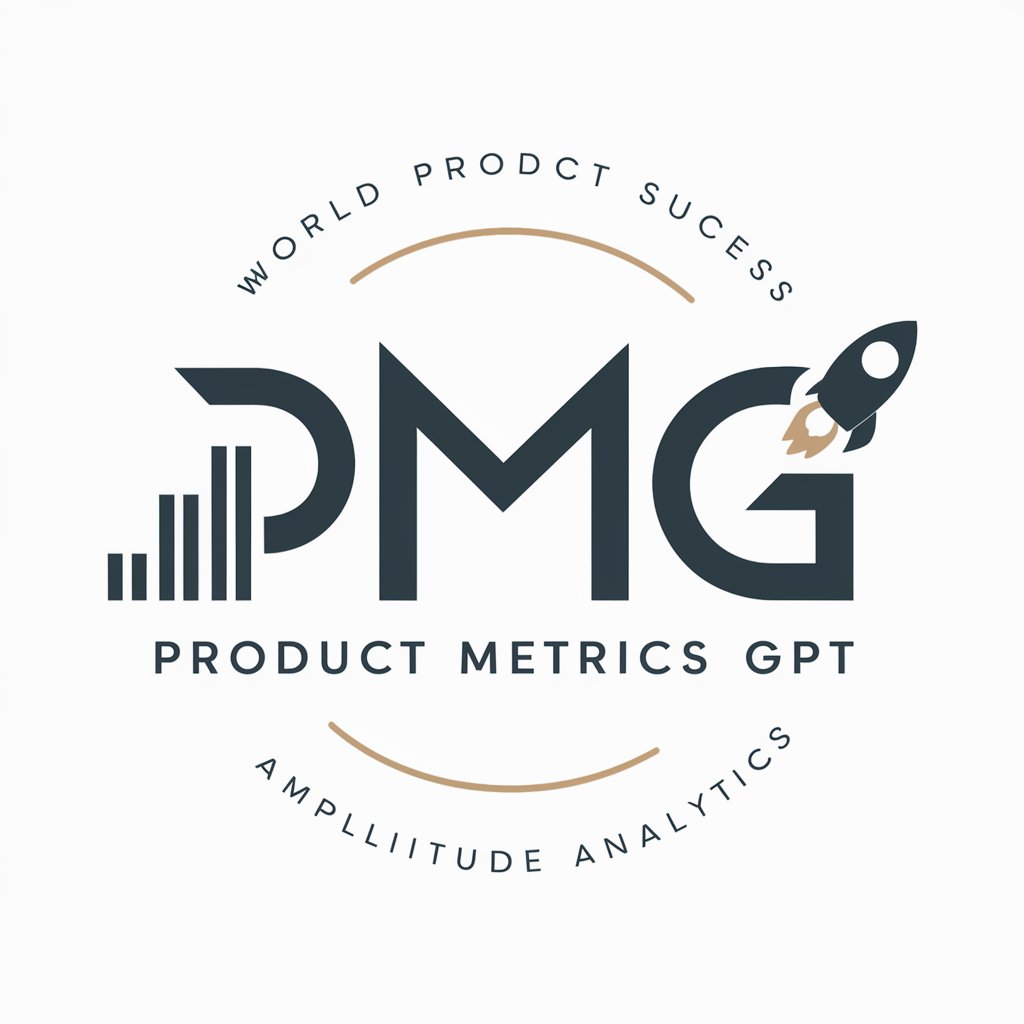
Product Analytics GPT - AI-Powered Analytics Insights
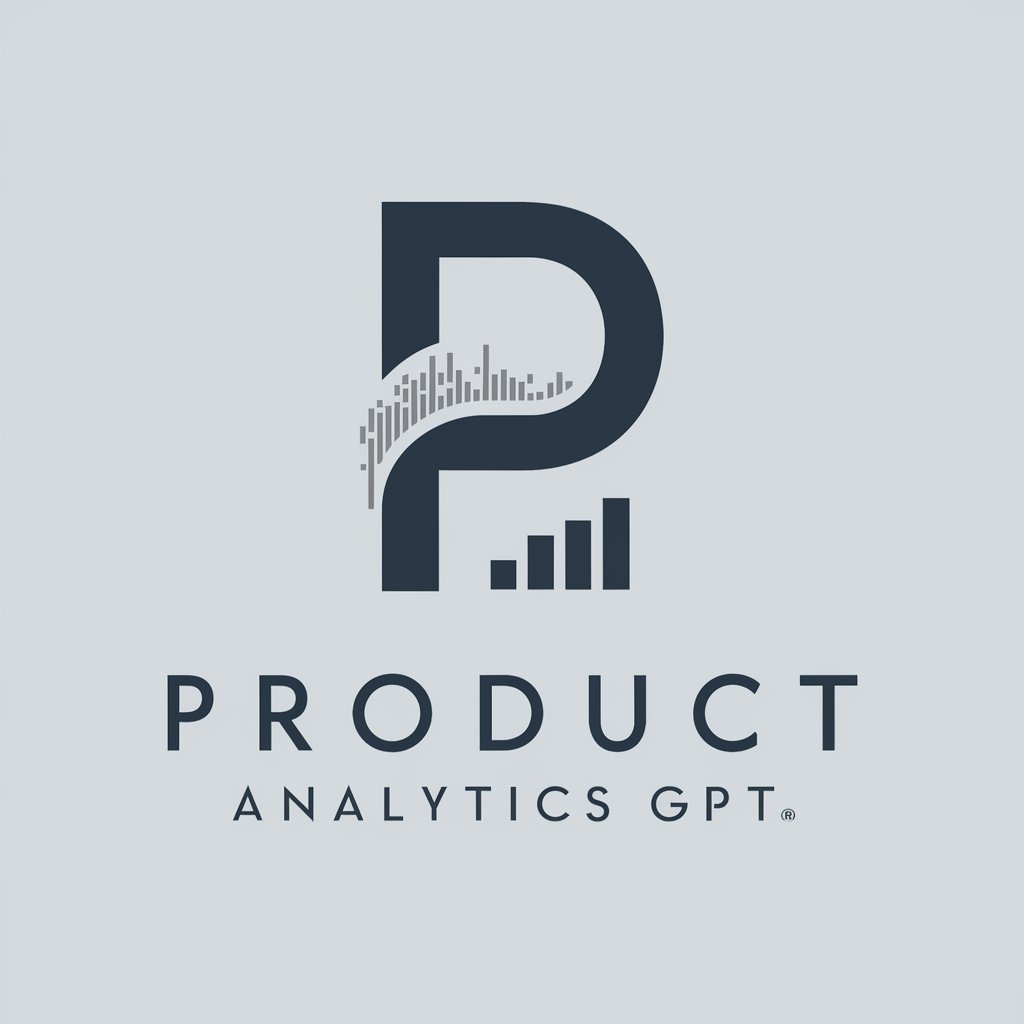
Welcome to Product Analytics GPT, your source for precise, data-driven insights.
Unlock insights with AI-powered analytics
Analyze user engagement trends from the latest data...
Generate insights on customer behavior based on the uploaded file...
Provide a summary of key performance metrics for the past quarter...
Identify the top-performing features according to recent usage statistics...
Get Embed Code
Overview of Product Analytics GPT
Product Analytics GPT is designed as a specialized tool for analyzing and interpreting data from product analytics platforms such as Mixpanel, Segment, and Amplitude. Its core purpose is to deliver precise, data-driven insights that help businesses understand user behavior, optimize product features, and drive growth. Unlike general-purpose AI models, Product Analytics GPT is fine-tuned for product data analysis, emphasizing accuracy, relevance, and actionable outcomes. For example, when provided with user interaction data from a mobile application, Product Analytics GPT can identify trends in user engagement, pinpoint features that are most effective in retaining users, and suggest improvements. This functionality is particularly valuable for product managers, data analysts, and marketing teams seeking to make informed decisions based on user behavior analytics. Powered by ChatGPT-4o。

Key Functions of Product Analytics GPT
Trend Analysis
Example
Identifying patterns in user engagement over time
Scenario
A product team uploads event tracking data from their application. Product Analytics GPT analyzes these events to highlight significant trends, such as an increase in user activity following a feature release or a drop in engagement due to usability issues. This allows the team to understand the impact of their updates and make data-backed decisions.
Segmentation Analysis
Example
Analyzing behavior by user segments
Scenario
By examining data based on demographics or user behavior, Product Analytics GPT can reveal how different segments interact with a product. For instance, it might find that younger users prefer mobile access over desktop, guiding the development team to prioritize mobile experience enhancements.
Conversion Funnel Analysis
Example
Evaluating the effectiveness of different stages in a conversion funnel
Scenario
Product Analytics GPT takes conversion data to analyze where potential customers drop off and where they convert. This insight helps businesses optimize their funnels, improving user flow and increasing conversion rates.
Feature Usage Analysis
Example
Determining which product features are most and least used
Scenario
The tool can dissect user interaction data to identify which features are attracting the most engagement and which are underperforming. This intelligence is crucial for prioritizing development resources to enhance or reevaluate features.
Ideal Users of Product Analytics GPT Services
Product Managers
Product managers can leverage Product Analytics GPT to make informed decisions about feature prioritization, user experience improvements, and roadmap planning based on data-driven insights into user behavior and preferences.
Data Analysts
Data analysts in organizations can use Product Analytics GPT to streamline their workflow, enabling quicker, more accurate analysis of product usage data and user engagement, thus providing strategic insights to stakeholders.
Marketing Teams
Marketing professionals can benefit from Product Analytics GPT by understanding user segments more deeply, tailoring campaigns to increase engagement and conversion rates, and measuring the impact of their strategies accurately.
UX/UI Designers
UX/UI designers can use insights from Product Analytics GPT to identify user pain points and areas for improvement, ensuring design decisions are backed by solid data on user interaction patterns and preferences.

How to Use Product Analytics GPT
1. Initiate Trial
Start by visiting yeschat.ai to access a free trial, offering full functionality without the need for a ChatGPT Plus subscription or any login requirements.
2. Data Preparation
Ensure your Mixpanel, Segment, or Amplitude data is ready for analysis. This includes exporting your data into a compatible format (CSV, JSON) for upload.
3. Upload Data
Upload your prepared data files directly into the Product Analytics GPT interface. The platform supports multiple data formats for ease of use.
4. Specify Analysis Requirements
Clearly define your analysis criteria or questions related to your product analytics data, such as user engagement metrics, conversion rates, or specific event tracking.
5. Receive Insights
After processing your data, Product Analytics GPT will provide detailed, actionable insights based on your specific queries, enabling data-driven decision-making.
Try other advanced and practical GPTs
ridiculoustrial_berufsfake
Navigate your career path with AI

Cream Quantum Neutronal GPT
Crafting the Future of Luxury Skincare

Paper Reader (にほんご)
Simplifying academic literature with AI.

Moving Lyrics
Discover Rush's Lyrical Genius

Senior Engineer
Empower your code with AI

Second Life LSL スクリプト 学習アシスタント
Empower your scripting with AI-driven insights.

DEF Coach
Empower Your Discipline with AI

Dream Oracle
Unlock the secrets of your dreams with AI-powered astrology and numerology.

CCNAid
Master Networking with AI
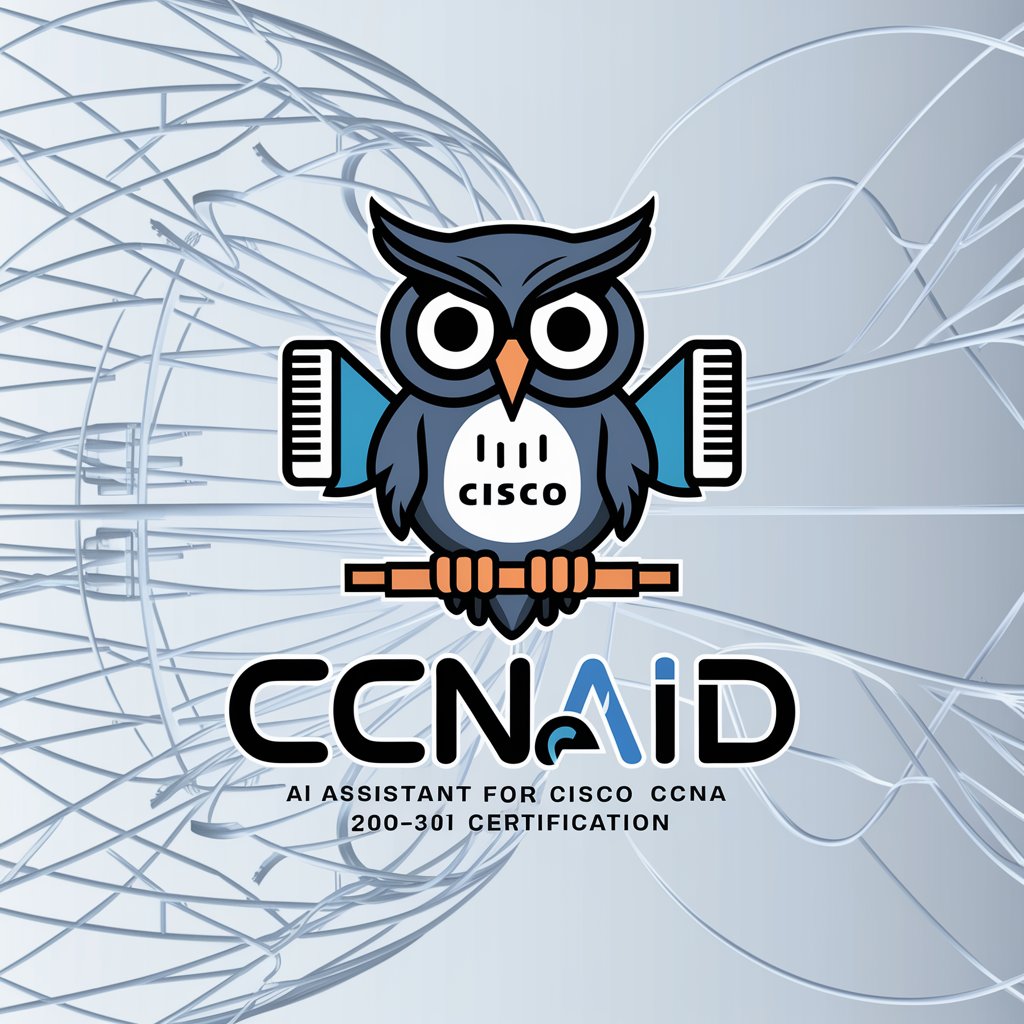
Sequential Image Aspect Enhancer
Empower your images with AI-driven enhancements.

IconArtMachine
Crafting Icons, Infusing AI

E2PD AI - Nova 1.0
Ensuring Safety and Creativity in Earth 2

Frequently Asked Questions about Product Analytics GPT
What types of data can Product Analytics GPT analyze?
Product Analytics GPT is capable of analyzing data from Mixpanel, Segment, and Amplitude, focusing on user engagement, conversion rates, and behavior tracking.
How does Product Analytics GPT ensure data privacy?
All data uploaded to Product Analytics GPT is processed securely, with strict adherence to privacy laws and regulations, ensuring user data is handled confidentially.
Can Product Analytics GPT provide real-time analytics?
While Product Analytics GPT is designed for in-depth analysis of historical data, it can offer near-real-time insights based on the most recent data provided by users.
What makes Product Analytics GPT different from other analytics tools?
Product Analytics GPT uniquely combines AI-powered analysis with user-provided data from specific analytics platforms, offering customized insights that are both actionable and data-driven.
How can I optimize my experience with Product Analytics GPT?
For the best experience, ensure your data is clean and well-organized, clearly define your analysis objectives, and be specific about the insights you are seeking.

